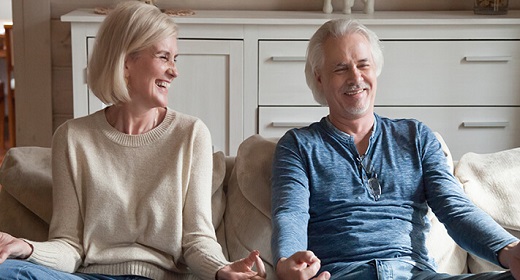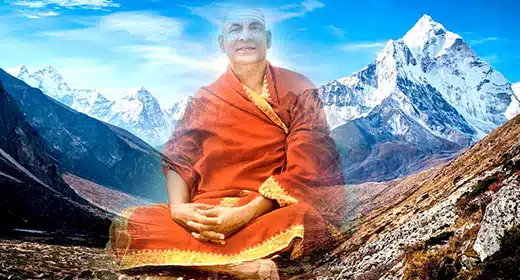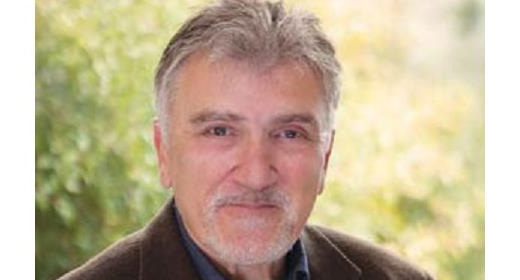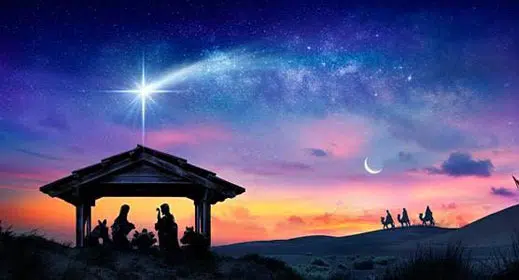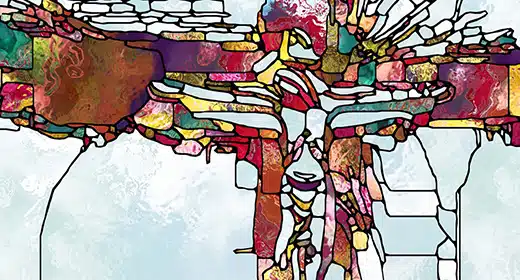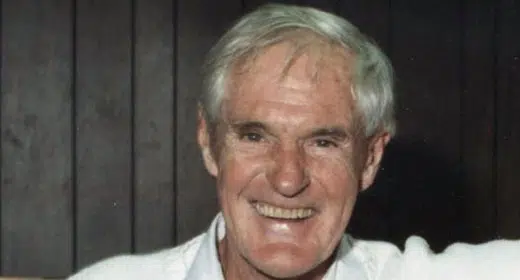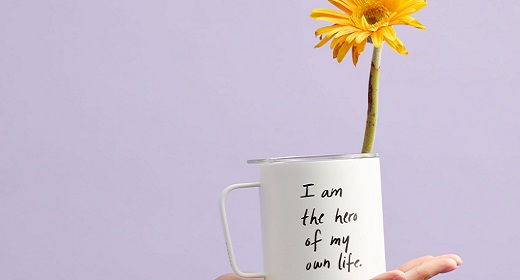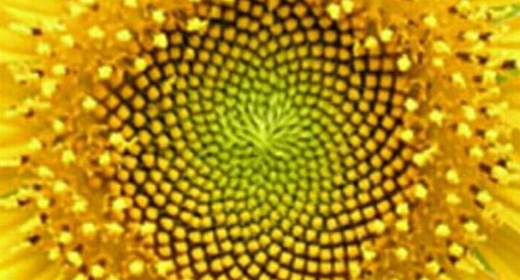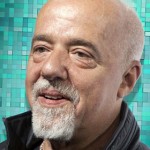by Jillian Billard: Go into any contemporary yoga class and you’ll hear the teacher talk about the “correct alignment” of a pose…

When we refer to the correct alignment, (an example being stacking the knee joint directly over the ankle in Virabhadrasana I), we are most often referring to the teachings of BKS Iyengar, as stipulated in his world renowned 1966 text “Light on Yoga.” Iyengar’s contributions made to the study of yoga, a practice dating back over 2000 years, are astounding; and are inextricable from our modern understanding of what yoga is.
Get to Know BKS Iyengar — A Founding Father of Yoga
1. Iyengar developed his own style of yoga, which emphasizes that stillness of the mind can be accessed through working with the body.
Since it’s a practice traditionally focused on achieving stillness of the mind, the physical practice was not always a major component of yoga. According to Patanjali’s “Yoga Sutras,” yoga is the practice of taming the fluctuations of our consciousness. There were no actual poses mentioned in Patanjali’s yoga. It was not until the twentieth century that postures came about as a way to prepare the body to find a comfortable seated position for meditation. Iyengar believed that the body was a physical manifestation of the body.
BKS Iyengar’s yoga is distinctive in its long poses which correlate with the breath. Although Iyengar’s style of yoga immensely expanded upon Patanjali’s teachings, he attributed his entire understanding of yoga to the Sutras. While he refers to the Sutras as the prime text of yoga, modern practitioners revere Iyengar’s own works as the modern yogic bible of sorts. “Light on Yoga,” as well as “Light on Pranayama,” “Light on the Yoga Sutras,” “Light on Life,” among other influential writings, provide clear, concise guidelines to the practice, including the benefits of each asana, and reference to the anatomical workings of each pose.
Iyengar’s style of yoga is distinct in its use of long poses, as well as the use of modifications to achieve the benefits of the posture. Iyengar yoga is largely focused on alignment. It too is about balance, and switching up the poses on a daily basis is essential to avoid overuse of any muscle. Iyengar was particularly focused on the anatomical aspects of each pose. The postures were designed and are sequenced in order to develop stability, balance, strength and flexibility.
2. BKS Iyengar was sickly as a child and attributes his strength and health to the practice of yoga.
Iyengar was one of thirteen children from a destitute South Indian family. As a boy, he was stricken with countless diseases including typhoid, malaria, and tuberculosis, and his body was very weak. When he was sixteen he went to live with his sister and her husband Krishnamacharya, a teacher we now consider to be the father of modern yoga.
Krishnamacharya made the practice of hatha yoga accessible to the modern householder whereas it had prior been regarded as a practice too difficult, both physically and logistically, for him to integrate into modern life. Because of his frailty, Krishnamacharya initially didn’t want to teach Iyengar. When a pupil who was meant to give a demonstration for Krishnamacharya’s Y.M.C.A. conference at the Maharaja palace of Mysore disappeared suddenly (in a turn of events seemingly like the plot of a film), the young Iyengar filled in. From then on, Iyengar was a pupil of Krishnamacharya’s. Although he only studied with the great master for one year, Iyengar was deeply inspired by Krishnamacharya’s innovations on the yogic practice and sought to further spread the notion that yoga was accessible to everyone, regardless of their physical state. Krishnamacharya sent Iyengar to teach in schools in Pune. Through practicing and teaching, Iyengar became a pioneer of using yoga as a treatment for medical conditions and physical ailments. He developed innovations on the postures including the use of props to help students achieve the alignment for optimal benefits.
3. Iyengar was popularized in the west by a violinist named Yehudi Menuhin.
Violinist Yehudi Menuhin met Iyengar while touring India in 1952. In 1953, in an article published by Life Magazine, Menuhin attributed his success as an artist to his practice of yoga. He introduced Iyengar to Rebekah Harkness, an heiress of standard oil, who brought him to Rhode Island in 1956. Life published yet another article featuring photographs of Iyengar instructing Harkness and her family. Iyengar continued to travel with Menuhin, and eventually opened schools on six continents. Donna Karan, Annette Bening, Aldous Huxley and even Queen Elisabeth of Belgium were among his students. It is said that Iyengar became a reputable teacher in India primarily because of his western-world renowned status.
4. Iyengar was one of the first teachers to teach multiple people at a time.
BKS Iyengar is honored worldwide for his contribution to contemporary yoga. He had countless devotees across the globe. It is fascinating to watch footage of him teaching a class. He made poses look effortless, and was a strict but warm teacher who believed that everyone had the potential to practice yoga and to reap the benefits of it. A humble man who attributed his knowledge solely to ancient texts, he served to innovate the yogic practice in ways that are integral to our modern understanding of what yoga is.
5. He is known for his use of props, and through the inclusion of modifications, has made yoga a practice accessible to all people.
He served to popularize yoga in the west because he made yoga accessible to everyone. Having been physically impaired himself when he came to yoga, Iyengar posited that yoga was not just for the physically fit. In fact, those who think that they can’t do yoga are probably those who can benefit most from it. He taught from his own experience, as well as from the experience of his students. It is said that he was always searching for new ways to make a pose accessible, and for a student to gain the optimal benefits of it. The yoga block originated from Iyengar. He used a cinderblock from his garden. He used common objects to access a pose.

